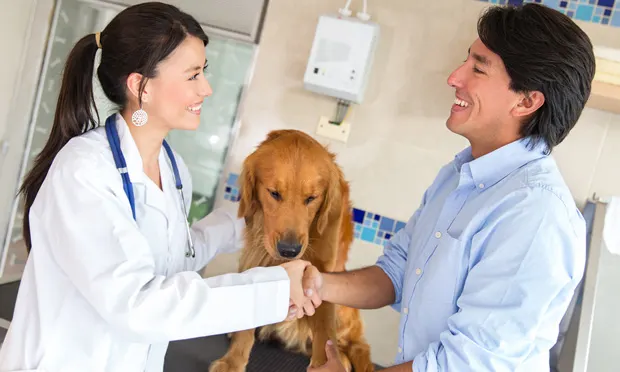Cultural Competence: How Important Is It for Veterinary Practices?

Veterinary medicine is distinguished by the variety of its patients. Veterinarians and their team members serve not one species, but many species, and many breeds within each species. They make a point of studying not just their patients’ medical conditions, but also their husbandry needs. They also study aspects of their patients’ lifestyle—whether the animal lives in groups or alone, whether it tends to form a strong bond with humans (or none at all), and how it processes information within its environment.
However, there is not much diversity in veterinary medicine. From a racial and ethnic standpoint, the profession is the most monolithic in the United States.1 Why is this a concern? As the U.S. population becomes more diverse, veterinary team members will find themselves working with clients who come from a variety of cultures and who hold different worldviews. It is critical for them to demonstrate respect for clients from different cultures if they wish to remain in business and to help all of their patients reach optimum health.
Related Article: What's Your Generational Strategy?
Some factors that affect how clients relate to a practice include gender roles, primary language spoken at home, and cultural appreciation of the role of animals (ie, whether they are viewed as property, working animals, or family members).
A veterinary team’s ability to serve its patients depends on its understanding of these alternate worldviews, and the ability to explain recommendations in terms that make sense to the client.
Clients whose primary language is different from that of a veterinary practice’s team often appreciate any efforts made to communicate in their own language, or by alternate means. If a veterinarian practices in an area where 2 or more languages spoken, making the simple gesture of keeping a phrasebook in the examination room can make a huge difference, and result in a client for life.
The issue of the human–animal bond (or lack thereof) can be particularly frustrating for veterinary technicians, veterinarians, and team members who are not familiar with societal differences. In the U.S., people tend to treat their pets as they would their human family members.
In other countries, however, people who do not treat their animals as property are viewed with suspicion. The differences are not just cultural. In the view of certain religions, animals are considered barely sentient creatures that exist only to serve human needs. A veterinary team’s ability to serve its patients depends on its understanding of these alternate worldviews, and the ability to explain recommendations in terms that make sense to the client.
How do veterinary team members increase their understanding of these cultural differences and use the information to make sure patients get the best care? Consider these ideas to develop a practice’s cultural competence.
Compile a reading list or a set of web addresses that provide reliable information regarding the cultures/religions/ethnicities that are part of the practice’s local demographics.
Develop a mission statement, in consultation with the entire team. The mission statement can be an echo of the veterinarian/veterinary technician oath, with added material regarding the dedication to understanding cultural differences, along with any other standards that seem important.
Work toward increasing the diversity of the profession—in particular, by recruiting individuals who might not have thought of veterinary medicine/veterinary technology as a career.
Developing cultural competence in veterinary practices will help improve relationships with colleagues, clients, friends, and family. It is good for the profession, good for practitioners, and good for clients and patients.
Sample Mission Statement
XYZ Animal Hospital is dedicated to the protection of animal health and welfare and strengthening of the human–animal bond.
We respect all animal species and breeds, and their human companions.
We are committed to treating all our clients and patients with respect and compassion, upholding the highest standards of veterinary medical care and service to the community.
We consider ourselves partners with the whole family, humans and animals, and pledge that we will collaborate with owners and pets while providing conscientious treatment.
We will always consider both the client and patient needs, with our care aimed at providing preventive health services as well as treating diseases and alleviating patient suffering.
We recognize that our responsibility to our clients and patients also demands a dedication to continuing education and community service.
We believe that understanding and respecting cultural diversity is a critical part of our responsibility to our patients and clients.